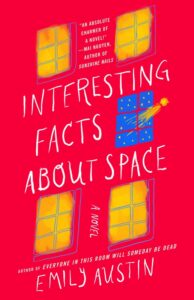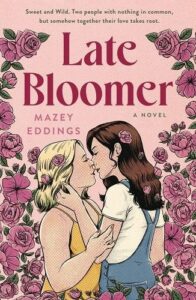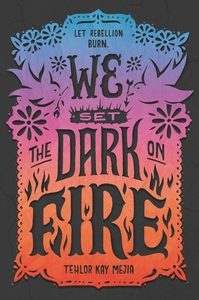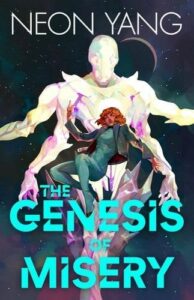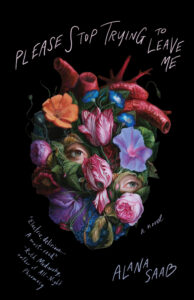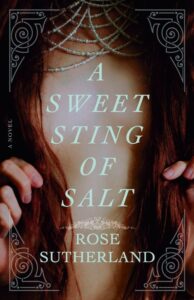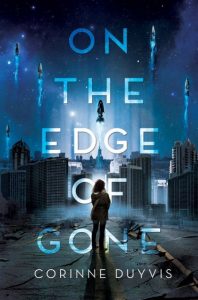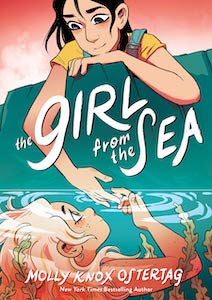Buy this from Bookshop.org to support local bookstores and the Lesbrary!
Manuela del Carmen Caceres Galvan wants to experience a final lesbian hurrah in Paris before she has to marry a rich man for her family’s security. Cora Kempf Bristol, Duchess of Sundridge, wants to secure her place in the business world by negotiating a land purchase so key to a development project that no man can question her prowess again. Both women are adept at playing a game of societal chess and will find each other to be an irresistible challenge.
As the story unfolds, the characters’ development makes you invested in more than just their potential romance. Manuela plays the role of fixer in her family, as she always takes on the responsibility of using her status to keep them financially secure. They use and gaslight her into paying for their mistakes. Now, she has to marry a rich man to fix their current debts, but her grandmother left her a parcel of land that she’s using as her bargaining chip to gain a modicum of independence. It’s this land that Cora seeks to buy for her business in building the first Pan-American railroad.
Meanwhile, Cora wrestles with her past mistakes, desperate to regain power and provide the status needed for her stepson to take his place in the House of Lords. Manuela’s proposal unlocks desires she long thought dead and forces her to open up in ways she believed she never could again. While Manuela is trapped by societal expectations to marry well for her parents, Cora is trapped in her desire to demand a place at the patriarchal table. Through their growing bond, they each come to find that they can choose their own happiness, everyone else be damned. But it’s a long road to get there.
Herrera develops Manuela’s and Cora’s characters adeptly by showing their relationships with friends and family outside of their romance. Manuela’s bond with her closest friends, whom she calls her pride, her Leonas, reveals that not even they know the full extent of her parents’ cruelty. Cora’s relationship with her aunt, stepson, and friends reveals the past that haunts her and why she believes she cannot trust in love again. It’s truly beautiful to see how each of them learns to open up and have faith in themselves and each other.
The historical setting makes for a delicious backdrop to this blooming romance and sensuous passion, especially when listening to it on audio. Rich, lush language always makes everything sound so appealing, from the feel of fabrics to the taste of food. As usually happens in historical romances, the euphemisms used for sex and sexual acts always delight.
Overall, An Island Princess Starts a Scandal is a swoony, historical sapphic romance that is perfect for fans of the genre.


